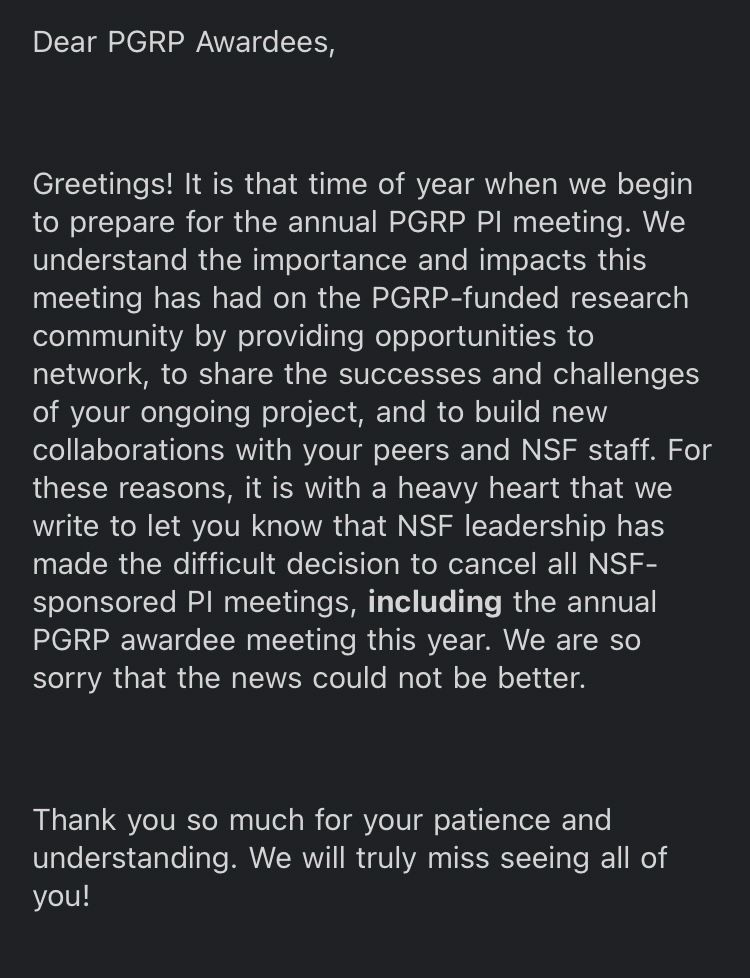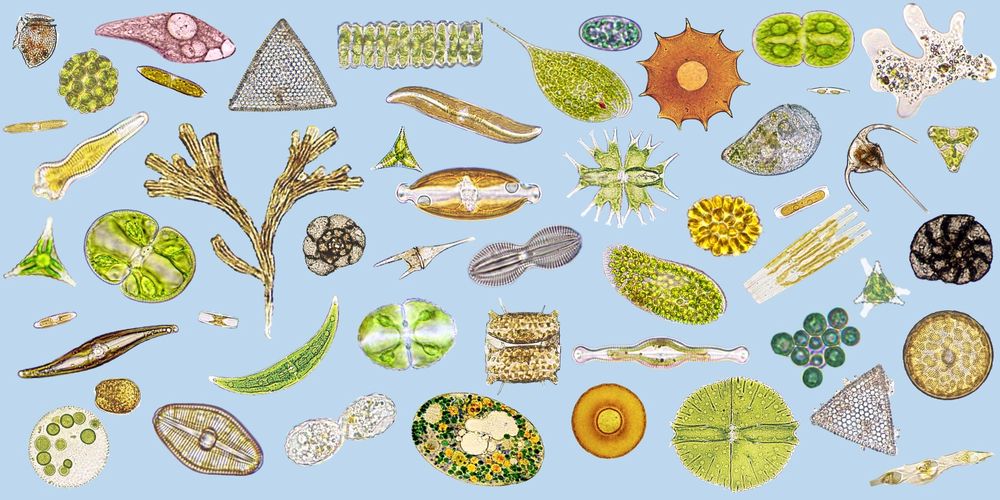NSF PRFB Fellow - Plant Genome Research Program
Duke University
Opinions are my own and do not reflect my funders or institution



In their #LifelongDevSI Perspective, José Garcıa-Arraras, Chunyi Li, Tania Rozario, Mansi Srivastava & @andrewilloughb.bsky.social introduce five research organisms with remarkable regenerative potential
doi.org/10.1242/dev....

In their #LifelongDevSI Perspective, José Garcıa-Arraras, Chunyi Li, Tania Rozario, Mansi Srivastava & @andrewilloughb.bsky.social introduce five research organisms with remarkable regenerative potential
doi.org/10.1242/dev....
The coolest plants in the world, many species have one cotyledon that never stops growing, and no SAM until they flower.
Do you have Streptocarpus at home already? African violets are also Streptocarpus!



The coolest plants in the world, many species have one cotyledon that never stops growing, and no SAM until they flower.
Do you have Streptocarpus at home already? African violets are also Streptocarpus!
More extraordinary model systems for regeneration journals.biologists.com/dev/article/...

More extraordinary model systems for regeneration journals.biologists.com/dev/article/...
I'm grateful for @kierzkowskilab.bsky.social and @mingyuanzhu.bsky.social teaching me how to use it during grad school, and for @richardsmithlab.bsky.social and @soestrauss.bsky.social always patiently answering questions!
Learn how to quantitatively analyze plant confocal imaging data using MorphoGraphX.

I'm grateful for @kierzkowskilab.bsky.social and @mingyuanzhu.bsky.social teaching me how to use it during grad school, and for @richardsmithlab.bsky.social and @soestrauss.bsky.social always patiently answering questions!
www.salk.edu/news-release...

www.salk.edu/news-release...
Dangl MPMI candidates are also highly desired in the search. unc.peopleadmin.com/postings/307...
Dangl MPMI candidates are also highly desired in the search. unc.peopleadmin.com/postings/307...
www.unc.edu/posts/2025/0...

www.unc.edu/posts/2025/0...
130 bryophyte genomes!
www.nature.com/articles/s41...

130 bryophyte genomes!
www.nature.com/articles/s41...




Deep gratitude for the years of support and collaboration at Duke/NCSU/UNC.
www.salk.edu/news-release...

Deep gratitude for the years of support and collaboration at Duke/NCSU/UNC.
www.salk.edu/news-release...




tinyurl.com/2jmwce2s

tinyurl.com/2jmwce2s
The Moment
That
Symmetry
Breaks.
#plantscience #development #imaging #microscopy 🧪🌸🔬
w. Captain Yaowu & @biancatash.bsky.social
www.biorxiv.org/content/10.1...


We're using it to explore how bats manage viral infections, but it's built for broad utility in wildlife transcriptomics. @viralemergence.org
www.biorxiv.org/content/10.1...

www.biorxiv.org/content/10.1...

www.biorxiv.org/content/10.1...

www.biorxiv.org/content/10.1...
One of the many interesting findings - The sequence evolution of CLV3 and changes to CLV signaling is required for capitulum development. CLEs make sunflowers!
www.biorxiv.org/content/10.1...

One of the many interesting findings - The sequence evolution of CLV3 and changes to CLV signaling is required for capitulum development. CLEs make sunflowers!
www.biorxiv.org/content/10.1...


